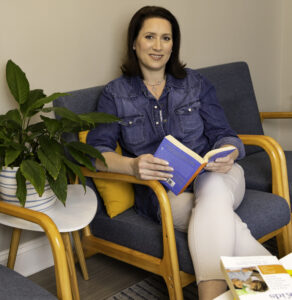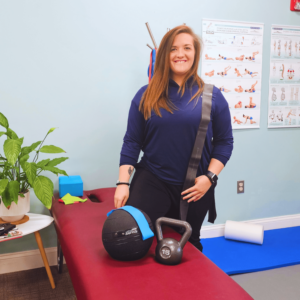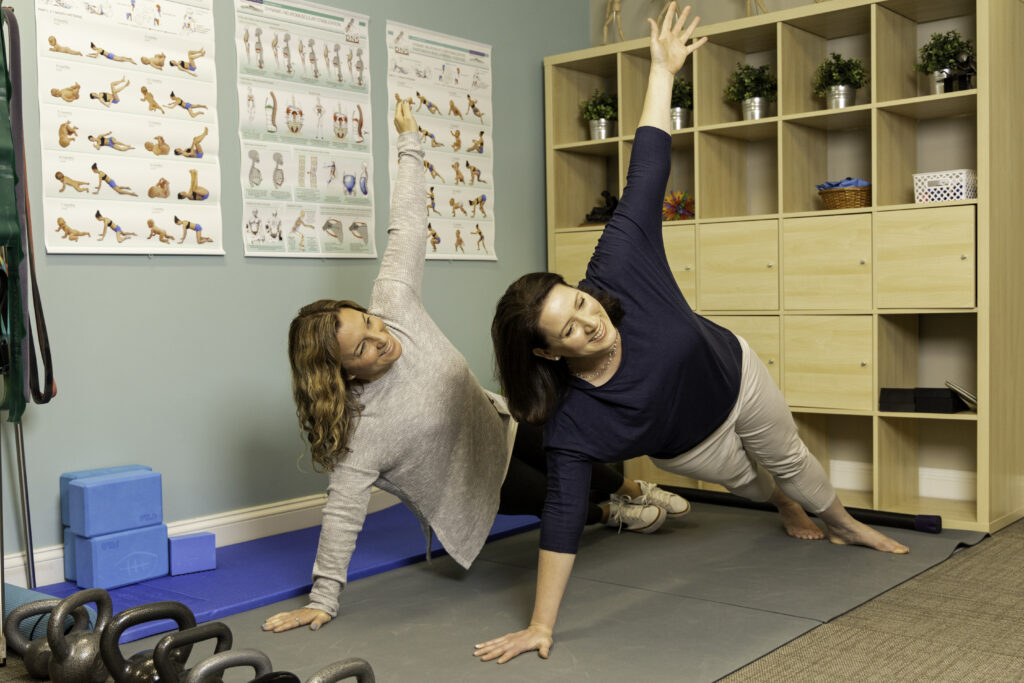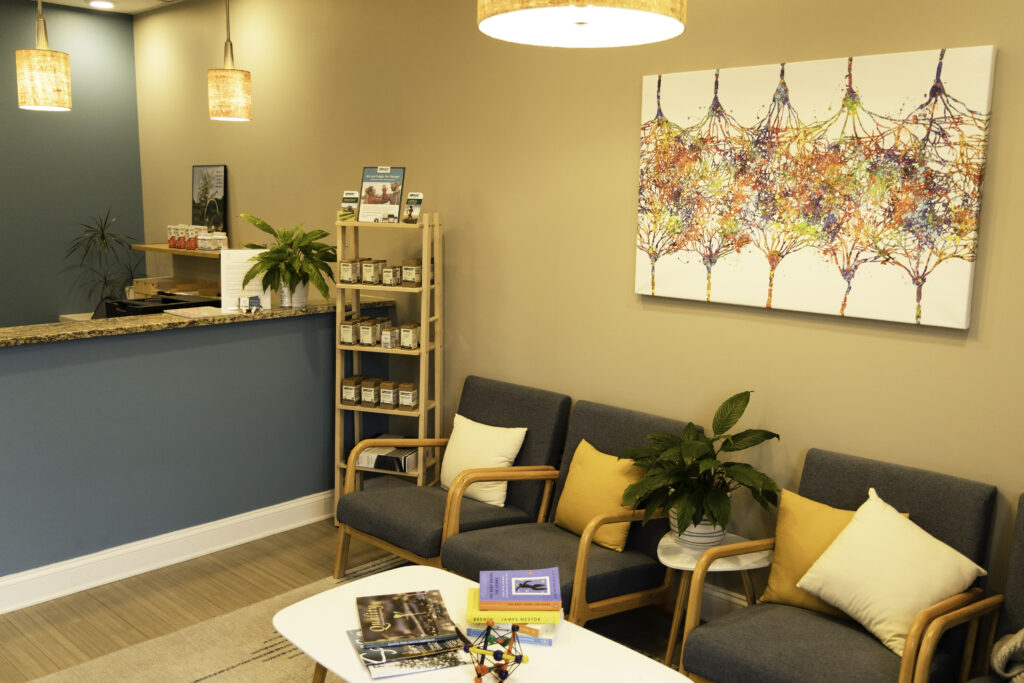Scoliosis – a sideways curvature of the spine – is a condition you’ve most likely heard about, or perhaps you remember a quick scoliosis examination being performed when you were in middle school. According to the American Association of Neurological Surgeons, scoliosis is a condition that affects roughly 2-3% of the population, which is an estimated six to nine million people in the United States. While it can develop when a child is very young, the primary age for onset is 10-15 years old, often developing during the last growth spurt just before puberty.
Signs of Scoliosis
Signs and symptoms can include:
- Uneven shoulders
- One shoulder blade appears to be more prominent than the other
- An uneven waist
- A prominence on one side of the ribs or spine when bending forward
In most cases, scoliosis is mild. However, some curvatures can worsen as the person grows, and can become disabling. While mild cases often don’t need treatment, some cases may require wearing a brace to stop the curvature from worsening while others may need surgical intervention. Specific strengthening, balance, and stability exercises are always essential, and can often slow or stop the progression.
What Causes Pain?
Dealing with scoliosis as an adult can be a different experience. Adults more often experience more pain than younger patients. Adults are more likely to experience low back pain, stiffness, and fatigue. Chronic stress on the joints can lead to pain, strain, and early arthritic changes.
A normal spine is a series of vertebrae stacked neatly on top of one another with a disc of cartilage in between. This cartilage provides cushioning and gives you the flexibility to move. When a spine curves unnaturally due to scoliosis, these vertebrae tilt to one side which can cause pain through stretching or irritating nerves. It can also lead to muscle strain from affected posture.
There are different types of scoliosis. Structural scoliosis is caused by actual anatomical changes in the spine or other joints. This can be due to abnormalities that someone is born with, like spina bifida or an anatomically short leg. It can also be due to a traumatic injury, like a broken bone that causes a structural shifting of the pelvis and spine.
Functional scoliosis generally has a neuromuscular cause and is usually more responsive to conservative treatment and rehabilitation. It can develop from untreated or unidentified neuromuscular compensations elsewhere in the body that cause the spine to shift and bend abnormally. For example, an unstable foot or ankle can cause your hips and pelvis to be uneven causing the spinal muscles to contract unevenly from side to side. Another example is a head tilt from a neck injury that causes compensation from the neck down in order to maintain balance.
Can a Chiropractor Help?
Scoliosis can cause enough pain and discomfort to interfere with a person’s quality of life. The good news is that functional scoliosis is often very treatable and there are many options, including chiropractic care, that can alleviate pain and discomfort and improve one’s quality of life.
When caught in the early stages, functional scoliosis can be responsive to conservative rehabilitation with specific stability and strengthening exercises. Some types of structural scoliosis, however, may require surgery. With proper management, people with mild scoliosis can live a life of few limitations with proper care.
Chiropractic care will provide a way to manage pain and discomfort with treatment that is safe, non-invasive, and not dependent on prescription or over-the-counter pain medications.
One common treatment that a chiropractor can use is spinal adjustments. These adjustments help reduce misalignments in the spine that can cause inflammation and limit mobility. By increasing joint mobility, inflammation is then reduced, pain is lessened and your nervous system is in a better state to manage the symptoms caused by scoliosis. Adjustments combined with massage, stretching, and balance exercises can often bring relief to scoliosis patients depending on how severe their condition is.
However, not all treatments are created equal. It’s important to discuss your scoliosis diagnosis with your chiropractor before any adjustments or other treatment techniques to ensure they are experienced in treating the condition. Adjustments will need to be made to ensure your health and safety.
To see if chiropractic care is right for you, make an appointment today with Frederick Chiropractic Wellness. We can discuss a course of treatment that will not only help you improve your range of motion but alleviate any pain or discomfort you may be experiencing with your scoliosis.





